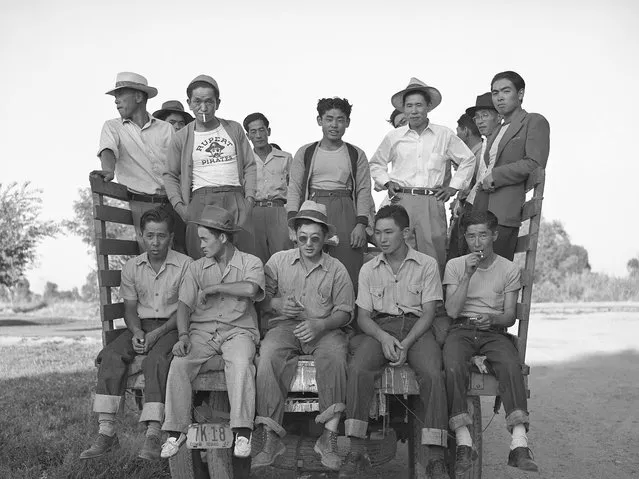
A group of Japanese Americans at Camp Rupert in Idaho leaving the camp for a visit to the town, between 1942 and 1944. (Photo by Russell Lee/Japanese American National Museum)
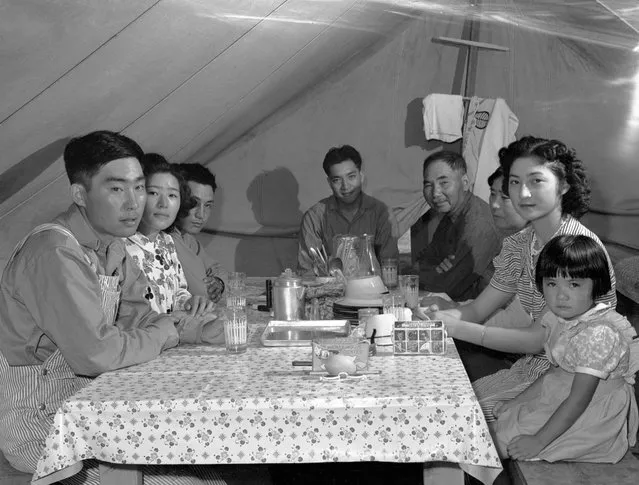
The Ouchida family pictured at the Nyssa, Oregon, farm labor camp, between 1942 and 1944. The children were all born in the US, and one son was serving in the army. (Photo by Russell Lee/Japanese American National Museum)
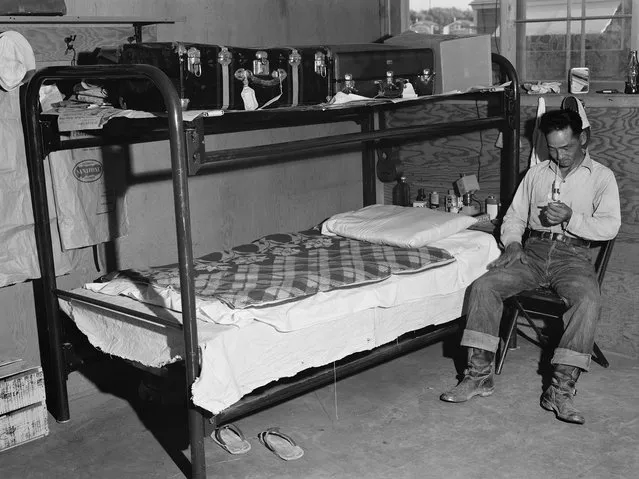
A man sits in a barrack in the Twin Falls, Idaho, between 1942 and 1944. Each was divided into six apartments, each measuring 14ft by 16ft. A typical one-room apartment, which could house four individuals, contained two pairs of bunk beds and a table with chairs. (Photo by Russell Lee/Japanese American National Museum)
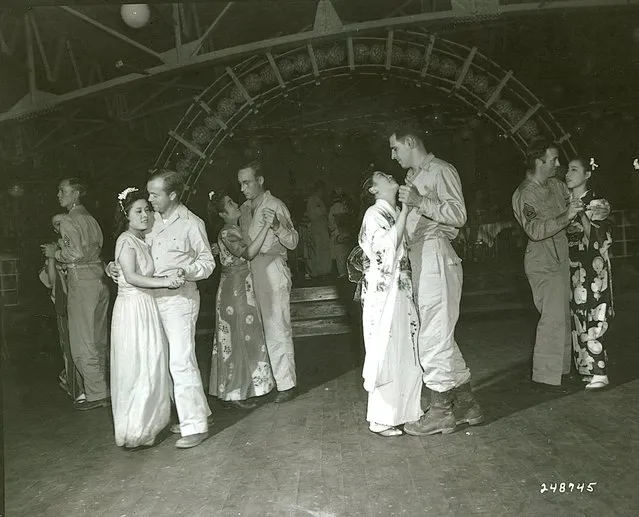
GI's dance with geisha girls in a night club in Osaka, Japan in 1946. These women are probably normal girls that wore kimonos. (Photo by Signal Corps/National Archives and Records Administration)
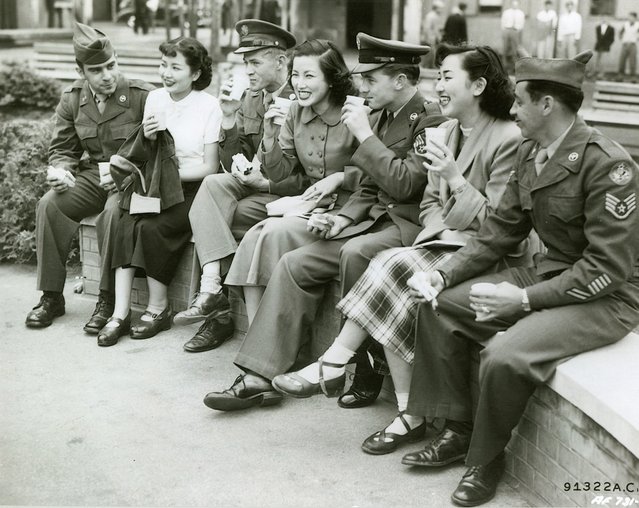
Airmen and their Japanese dates “do” the town together, visiting the local points of interest. Almost every community in Japan has it's famous shrines and parks. Tachikawa boasts beautiful environment. Girls are wearing western dress, May 1952. (Photo by National Archives and Records Administration)
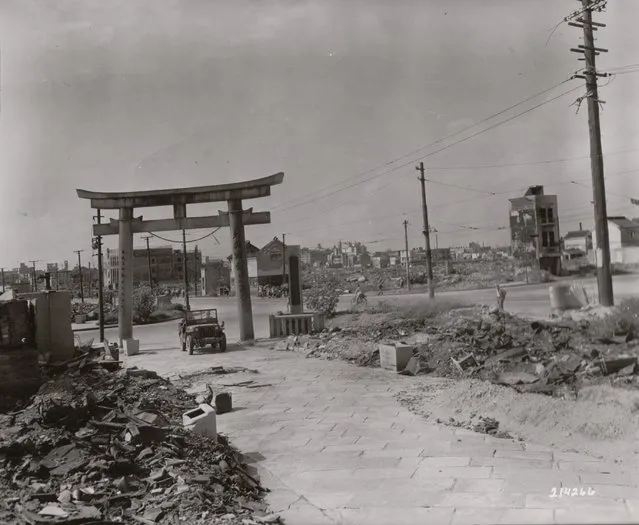
American soldiers drive a jeep through a Shinto arch and rubble in Osaka in September 1945. (Photo by National Archives and Records Administration)
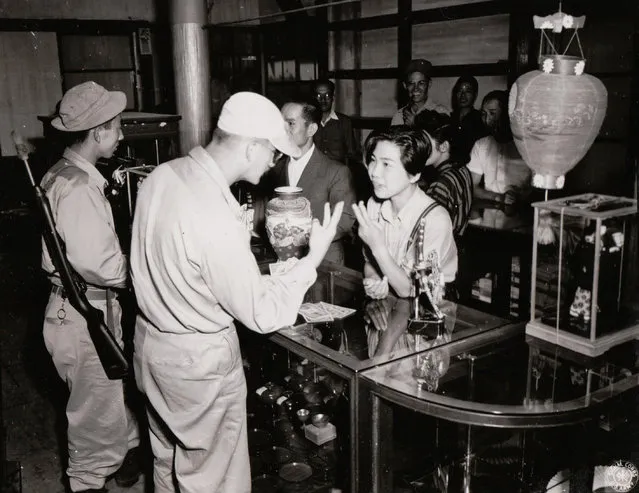
First troops in Tateyama, Japan in September 1945 visit souvenir shops. (Photo by National Archives and Records Administration)
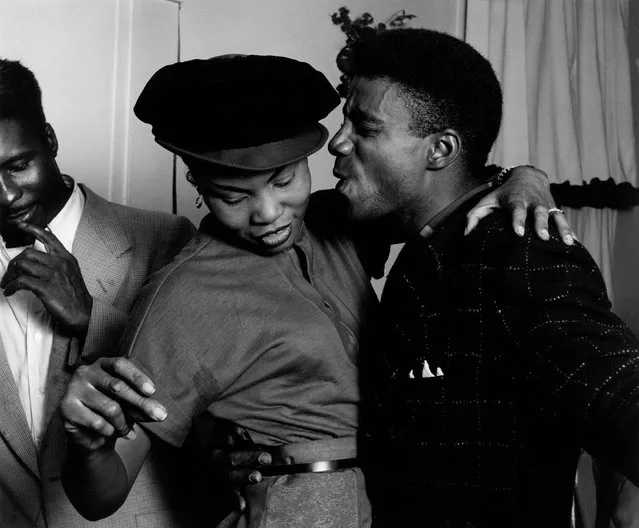
Dancing at a Joint in the Bayview District, San Francisco, CA, 1957. (Photo by David Johnson)
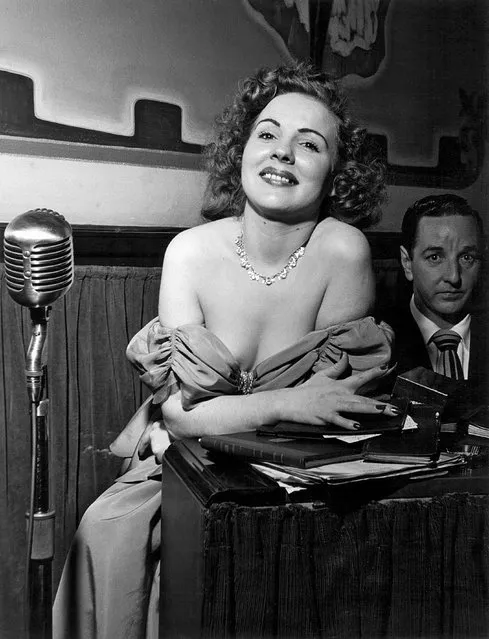
San Francisco, CA, 1953. (Photo by Robert Hollingsworth)
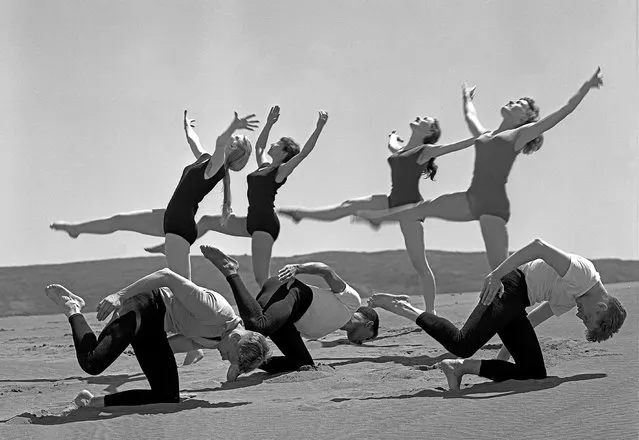
Halprin/Lathrop Dancers, San Francisco, CA, 1953. (Photo by Gerald Ratto)
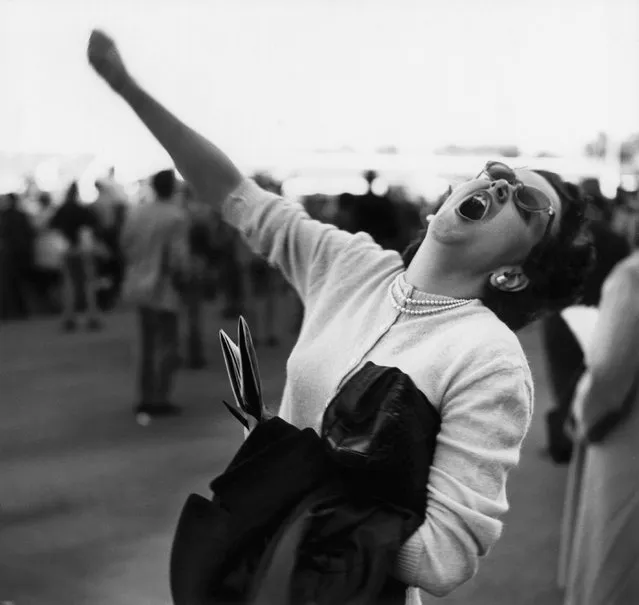
Bay Meadows racetrack, CA, 1945. (Photo by Cameron Macauley)
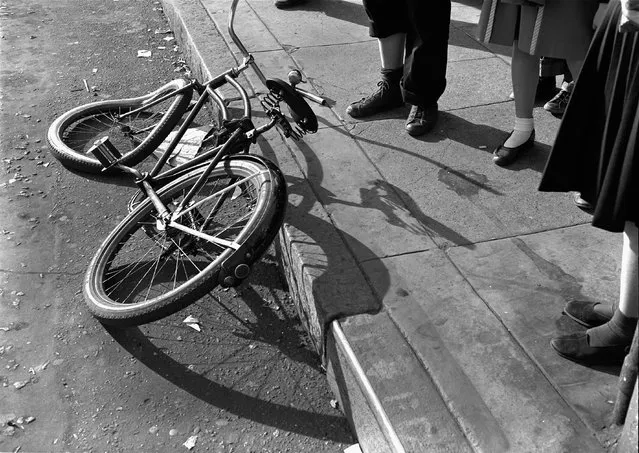
San Francisco, CA, 1948. (Photo by Don Whyte)
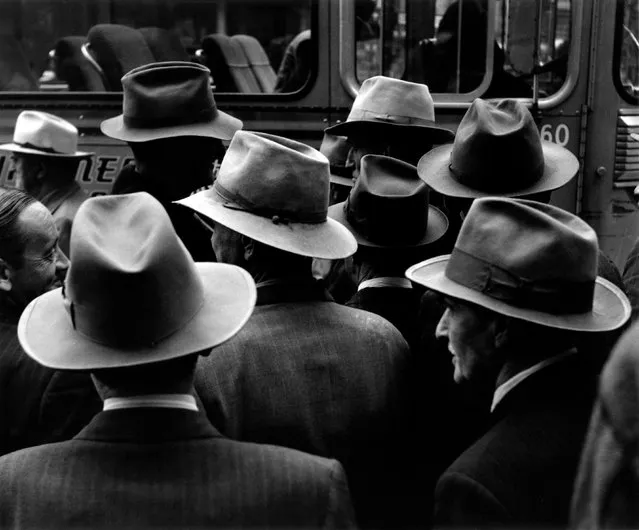
Hats, Seattle, WA, 1951. (Photo by William Heick)
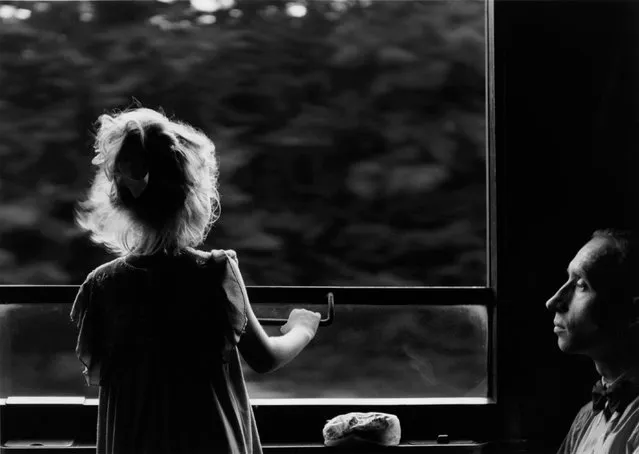
The Orient Express, 1952. The Orient Express was the name of a long-distance passenger train service created in 1883 by Compagnie Internationale des Wagons-Lits. The route and rolling stock of the Orient Express changed many times. Several routes in the past concurrently used the Orient Express name, or slight variants thereof. Although the original Orient Express was simply a normal international railway service, the name has become synonymous with intrigue and luxury travel. The two city names most prominently associated with the Orient Express are Paris and Constantinople (Istanbul), the original endpoints of the timetabled service. (Photo by Ira Latour)
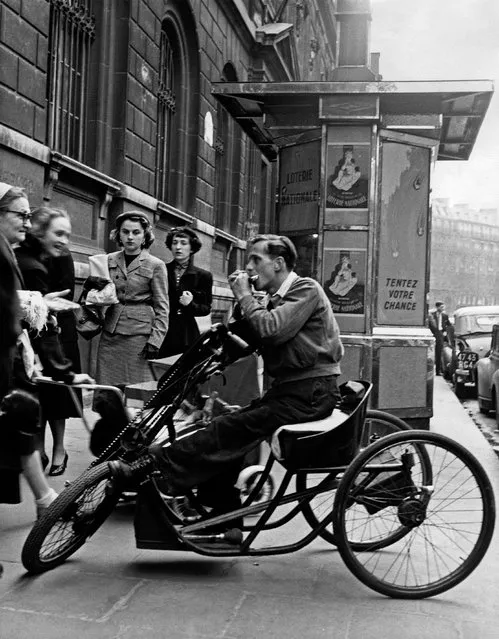
Paris, France circa 1945-50. (Photo by Benjamen Chinn)
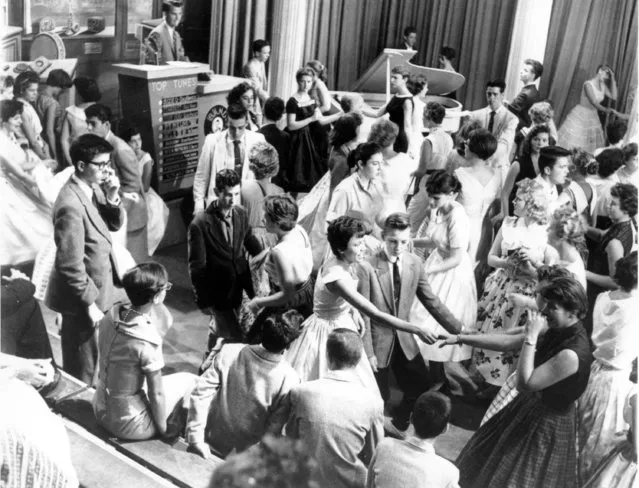
In a June 30, 1958, file photo, Dick Clark, at podium at upper left, is surrounded by teen-age fans on his nationally televised dance show “American Bandstand” in Philadelphia, Pa. TV was key to the world baby boomers were born into: a newly modernized world whose every problem (with the possible exception of the Cold War) seemed to promise an available solution. Polio would be cured! Man would go into space! Even African-Americans, oppressed for so long, had new reason for hope. TV chronicled this bracing wave of wonder and potential, and built upon it as an essential part of what distinguished boomers: They were pampered and privileged and ushered toward a sure-to-be-glorious future. (Photo by AP Photo)
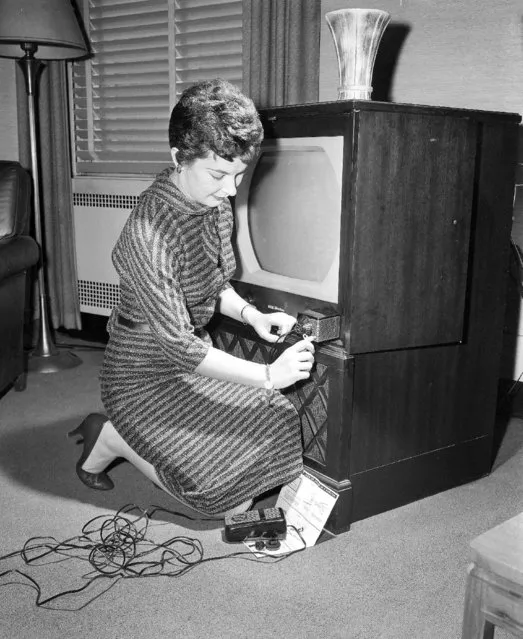
In this November 6, 1956, file photo, Barbara Mahar attaches a new TV accessory to her television set in New York City. An instant tuner, it converts television sets to remote control tuning in three minutes. (Photo by Robert Kradin/AP Photo)
10 Oct 2016 09:55:00,
post received
0 comments
